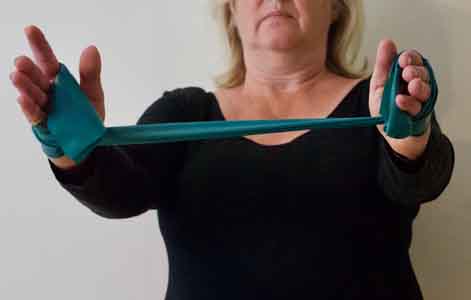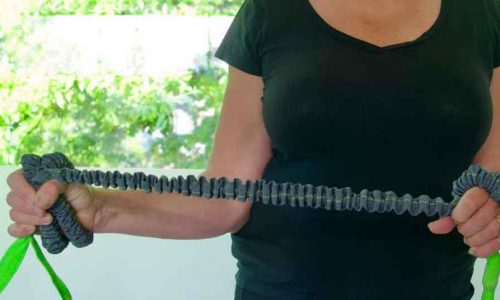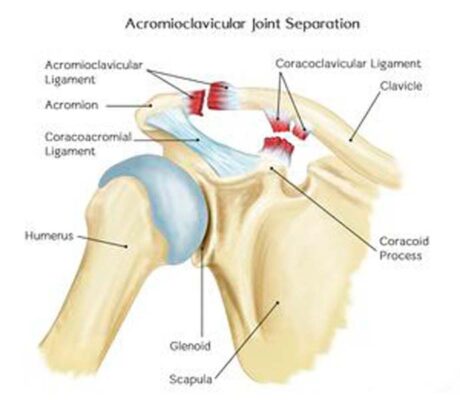Where is the Acromio-clavicular joint?
The acromio-clavicular joint (ACJ) is where the collar bone (clavicle) meets the bony process on the top of your shoulder blade( Acromium). In some people it can be very prominent but in others it may be pretty flat.
It is quite a small joint but an awful lot of force has to go across it every time you load up your arm/shoulder and especially when you are doing something like pushing all your weight through it whether that is doing a press-up or pushing yourself out of a bath.
In fact it is probably too small for what it is expected to do and therefore it does have a tendency to wear out.
What problems can it cause?
It can become inflamed and eventually arthritic and those are causes of shoulder pain.
The joint can become irritated over time and inflamed eventually becoming arthritic with overuse or abuse and sometimes as a result of a long-term complication after a grade 1 or 2 injury on the AC joint years before.
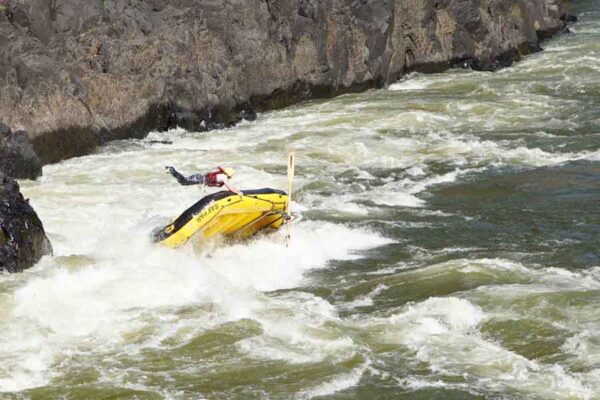
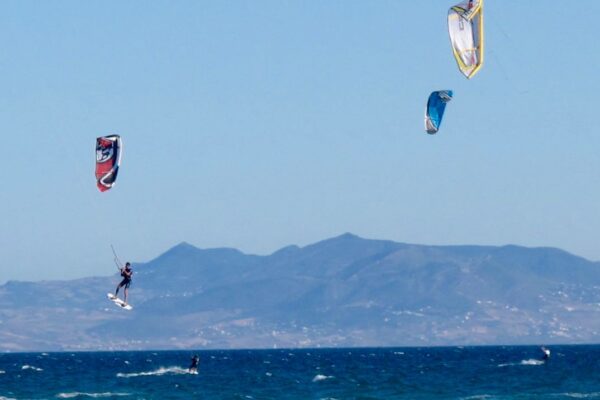
It is very common in people who perform a lot of overhead activities and sports. It can seem as if it comes on very quickly but the damage has probably been going on for a lot longer than you have been aware of it. Quite often we will find some arthritis on an x-ray of your ACJ and that would have been building up for years. Then you do something which tips it over the edge and it becomes painful.
The ACJ causes pain in two ways. When it is compressed the two red raw sides of the joint rub against each other which produces pain while sleeping on it, pushing open a heavy door or pushing out of a bath etc and that is the first type of pain. Any joint that is inflamed or arthritic also swells and expands. It doesn’t matter too much if it expands upwards because that doesn’t interfere with anything. But as it expands downwards, into the shoulder, so the rotator cuff ( a group of muscles that work around the shoulder joint) can catch and rub on it giving you classic Impingement type pain.
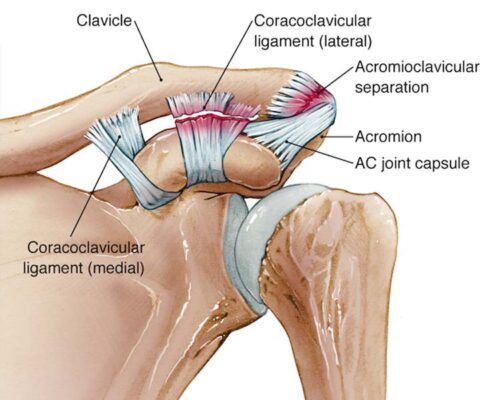
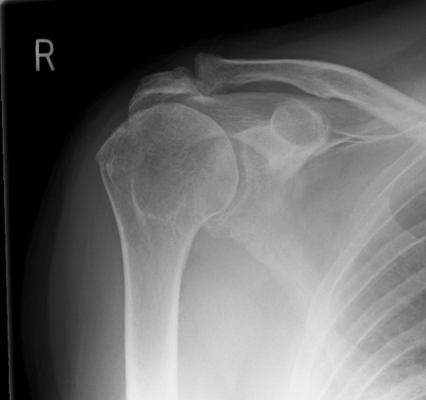
Diagnosis
Normally an x-ray will be taken to look at the state of the joint and see if there is any arthritis. Sometimes an MRI scan may also be done as well particularly if there is any weakness in it (especially if you had a fall) just to make sure the rotator cuff is intact.
Treatment
When the diagnosis is confirmed– an inflamed and/or arthritic ACJ –then the treatment can be discussed.
If you have tried rest and anti inflammatories then the next stage is a steroid injection into the joint to reduce the inflammation and ease your pain.
About a week after the injection you need to make a gradual return to your usual activities and see if it holds up to them.
If you have symptomatic relief but your pain comes back within 6 months then it is worth one more before you go for the surgery unless you have an arthritic ACJ in which case it is surgery.
If this does not work surgery is the next option
The operation performed will be to remove the ACJ
That can be done as an arthroscopic procedure. In fact most of it is exactly the same as the operation described for tendinitis but with a little extra.
Normally the procedure done will be a decompression of the shoulder where some bone is shaved away the under side of the acromion. Then 7-9 mms of the end of your clavicle/ collar bone will be shaved away. So there are no rough surfaces rubbing against each other and causing pain and there is no swelling of the joint catching on the tendon. The gap will fill up with scar tissue. Initially that is quite soft and spongy so that when you lean or sleep on the shoulder, the two raw ends of the joint will push against each other. As the weeks and months go by the scar matures and becomes solid so it prevents the two surfaces coming into contact and the pain is relieved.
The recovery
This is similar to the decompression operation but sleeping all through the night comfortably could take 4 months or so.
Post op Treatment
The treatment will be trying to move the shoulder gently early on and not allow any chance for it to stiffen up.
It is very important long term to work on the strength of the rotator cuff muscles, stabilise the shoulder blade (scapula) and to maintain good posture. By stabilising the shoulder blade you are then using the shoulder in the best way to avoid undue further strain.
There should be no reason not to return to sports such as tennis.
Very heavy weights should be avoided and heavy lifting above shoulder height.
It is important to maintain long term good shoulder posture and keep the shoulder rotator cuff muscles strong.
Exercises–
It is important to build up and maintain the muscles around the shoulder especially the rotator cuff.
e.g Stand with elbow tucked in to your side elbow at 90 degrees turn lower arm outwards with the resistance of an elastic.
See other shoulder exercises here
